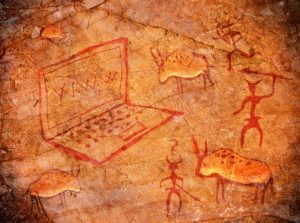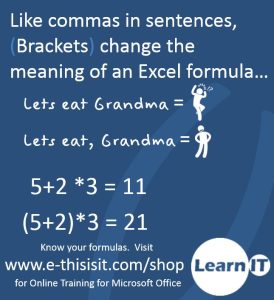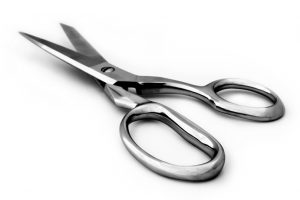
Whether you want to know how many kilometres in mile or if you are trying to convert a recipe from imperial to metric you’ll often need assistance with the conversion. Excel has a convert function that makes it easy for you to make these calculations.
This function can convert most of the values that you’re most interested in converting and the function is easy enough to use for quick conversions. The function can also be used in a small worksheet that offers a permanent solution for making those calculations that you commonly use.
The convert formula takes three values – the number you want to convert, a code for the units to convert from and a code for the units to convert to. The codes must be placed inside a pair of double quotation marks. We’ll start out by writing a simple convert formula so you can see how it works and then we’ll build a simple worksheet that you can use to make those conversions that you are most interested in performing on a regular basis.

With Excel open click in a cell and, to convert 30 degrees Centigrade to Fahrenheit type this formula and press Enter:
=CONVERT(30,”C”,”F”)
Notice that as you type the first comma a dropdown list appears from which you can select unit to convert. This makes it easy for you to see what units you can convert using this formula and what code to use for each unit. For example you will see that C is the code for Centigrade and F is the code for Fahrenheit.
=CONVERT(30,”C”,”F”)
Notice that as you type the first comma a dropdown list appears from which you can select unit to convert. This makes it easy for you to see what units you can convert using this formula and what code to use for each unit. For example you will see that C is the code for Centigrade and F is the code for Fahrenheit.

If you commonly make conversions for cooking, for example, you can make your own custom conversion worksheet. Start by typing down column B the units you often convert from such as Lbs, Ounces, Cup, Quart and so on. Type the number 1 in the corresponding cells in column A. In column D type the name of the unit you convert these values to such as grams, Fluid Oz and Litres. These words don’t have to be the correct codes they are only used so you know what units you are converting from and to.

In the cells in column C write the conversion formula – the value you will be converting will be the value in column A. So, in our example, these are the four formulas:
C2: =CONVERT(A2,”lbm”,”g”)
C3: =CONVERT(A3,”ozm”,”g”)
C4: =CONVERT(A4,”cup”,”oz”)
C5: =CONVERT(A5,”qt”,”l”)
Creating a conversion worksheet like this will allow you to convert values at any time.
C2: =CONVERT(A2,”lbm”,”g”)
C3: =CONVERT(A3,”ozm”,”g”)
C4: =CONVERT(A4,”cup”,”oz”)
C5: =CONVERT(A5,”qt”,”l”)
Creating a conversion worksheet like this will allow you to convert values at any time.

Now you can change the value in column A to the actual value to convert. So, for example, if we need to convert 12.5 Ounces to Grams we would type 12.5 in cell A3 and read the converted value in cell C3.
If you save this worksheet then at any time you can open it and type the number of tablespoons, for example, in cell blank and you’ll know immediately how many teaspoons that is.
If you save this worksheet then at any time you can open it and type the number of tablespoons, for example, in cell blank and you’ll know immediately how many teaspoons that is.







